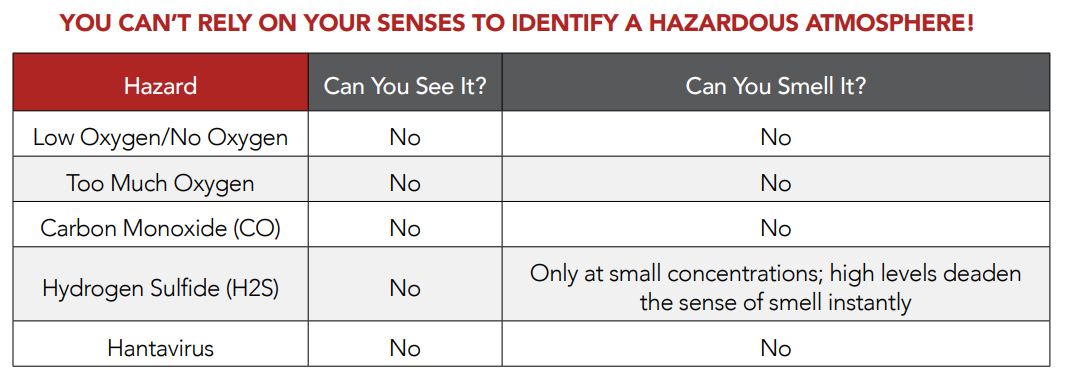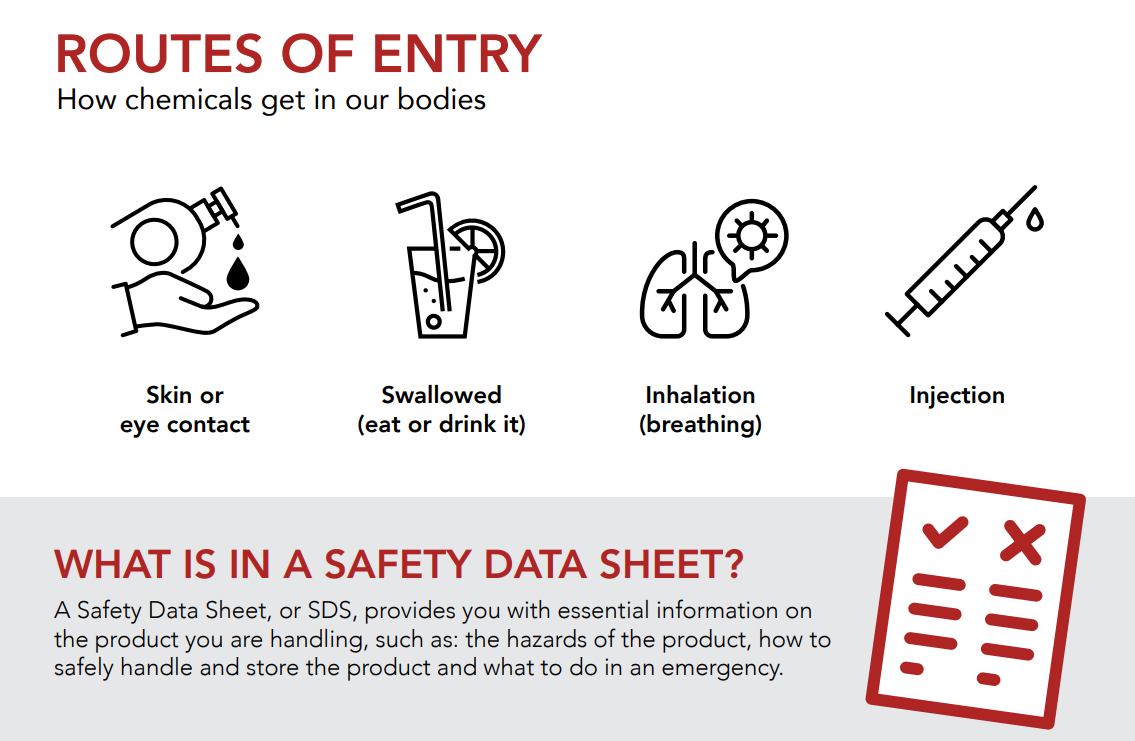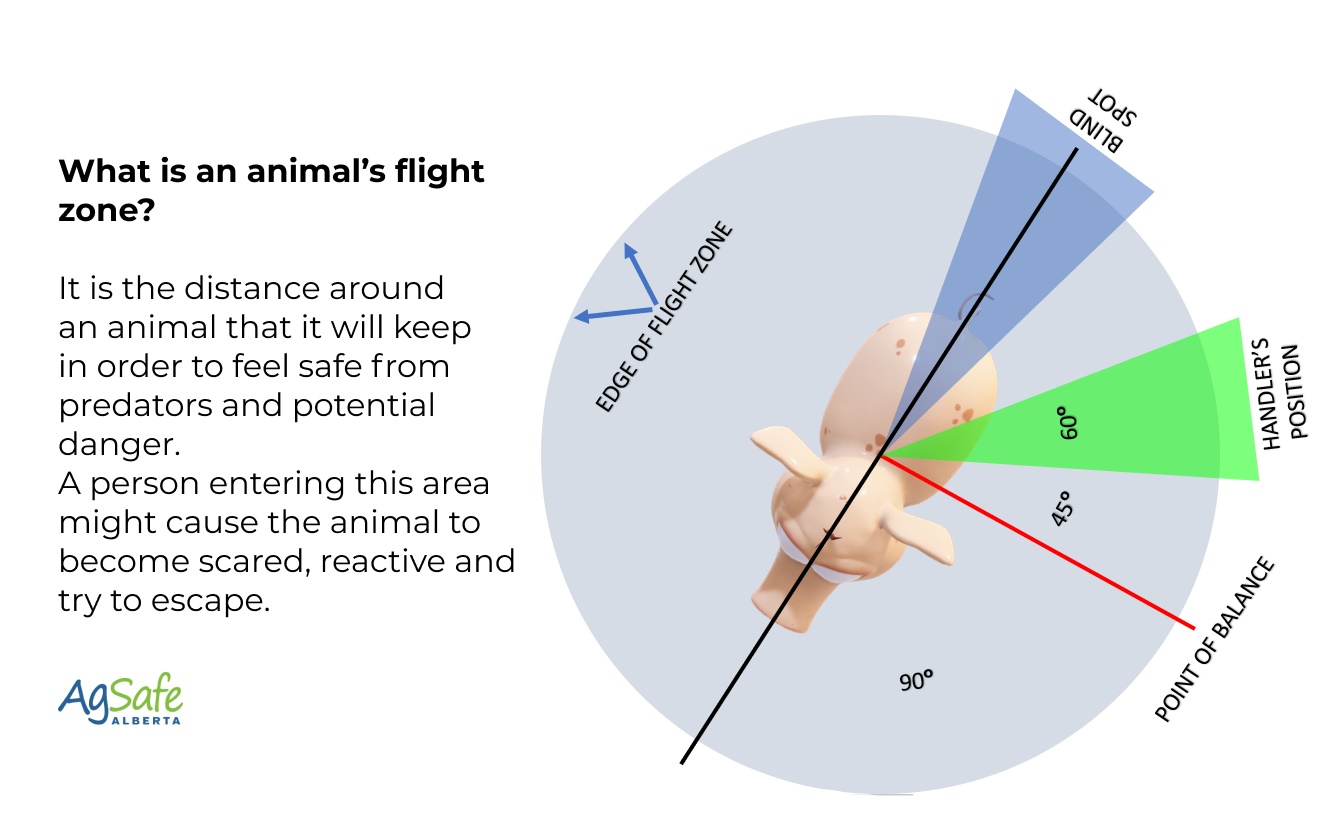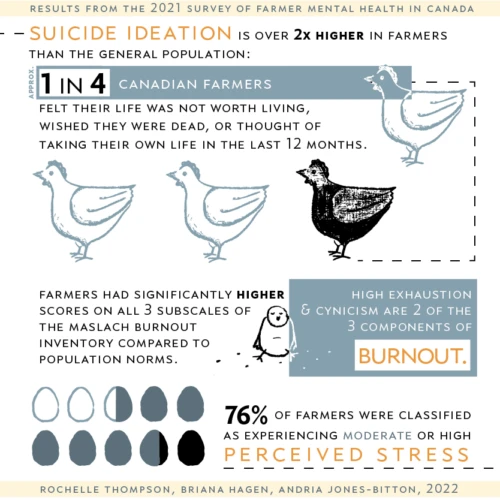AgSafe Alberta Resources
The following resources will help you get up to speed on the basics. Find the forms and templates you need to start your own safety plan, provide simple training for your employees, plus important links to WCB and Occupational Health and Safety materials.
AgSafe Alberta offers a range of safety certification courses that include online training modules, webinars, and workshops that are available free to AgSafe Alberta Members.
Register or login today and take your training to the next level!
Choose a category below to get started!
Click on a module below to download customizable forms
Position Based Job and Task List Worksheet – EXAMPLE 01
Position Based Job and Task List Worksheet
Position List Worksheet – EXAMPLE 01
Skill and Competency Evaluation Form – EXAMPLE 01
Skill and Competency Evaluation Form – EXAMPLE 02
Skill and Competency Evaluation Form
Training and Competency Policy
Training and Competency Procedure
Contact Names and Numbers by Site
Contact Names and Numbers – Wildfire Emergency
Emergency Action Plan – Barn Fire
Emergency Action Plan – Evacuation
Emergency Action Plan – Serious Injury
Emergency Action Plan Task To Do List
Emergency Action Plan – Template
Emergency Action Plan – Tornado
Emergency Action Plan Worksheet – Wildfire
Emergency Action Planning Worksheet
Emergency and Tabletop Exercise Review
Emergency Preparedness & Management Policy
Emergency Prevention & Preparedness Task Worksheet
Fire Extinguisher Placement Planning Form – Egg Barn
Post-Emergency Recovery Task To Do List
Post-Emergency Recovery Task Worksheet
Worksite Emergency Transportation Plan
Coming soon!
Click on a letter below to get started

Fall From Height
What could cause a fall from a height on your farm?
Do you ever check bins & storage structures, work near edges, perform work on roofs, work in haylofts, climb ladders, use work platforms or scaffolding, climb into tractors or other equipment, walk on truck decks, walk near an area with unguarded edges, ride a horse, etc.?

Slip, Trip and Fall
What could cause a slip, trip or fall on your farm?
Do you ever walk on icy surfaces, work on wet or oily
surfaces, walk on uneven or rutted ground, wear
footwear with poor grips, find hoses or cords laying on
walkways, find tools and other items laying on the
floor/ground, or walk quickly/run in work areas? Are
there changes in the elevation of the walking surfaces
or changes in the type of walking surface on your farm
(i.e., a transition from an area with a little traction to
one with a lot of traction)?

Respiratory Hazards
What respiratory hazards are or could be present on
your farm?
Do you ever come across chemical mists, fumes, or
vapors on your farm? Could you ever breath in exhaust,
welding/brazing fumes, paint fumes, airborne dusts,
molds from hay/straw/grain/silage, pollen, animal
dander, airborne fecal matter

Hazardous Atmospheres
What hazardous atmospheres are present or could develop on your farm?
These may be an oxygen deficient, flammable/combustible/explosive or toxic/poisonous atmosphere. Could a low oxygen environment develop as a result of rotting vegetables in a root cellar or in an enclosed space where rusting metal or growing fungi have used up the available oxygen? Could silage gases be present
in silos, pits, or bunkers? Could fine dust from feed build up in enclosed areas? What about explosive chemical fumes, mists, or vapor collecting in enclosed
or low-lying areas?

Roll Overs
What could cause a roll over on your farm?
Could someone drive too close to ditches or embankments, drive on terrain with hidden mounds or dips, travel with heavy loads on a font-end loader, travel with totes or tanks that are partially filled with fluid, pull heavy loads that are hitched higher than the drawbar, overload the drawbar, or turn sharply on a steep slope?
Run Overs
What could cause a run over on your farm?
Do you ever take extra riders on equipment with you or allow them to ride on a wagon/trailer deck/in a truck box? Could children or other bystanders be nearby when equipment is operating or approach equipment without the operator’s knowledge? Is it possible for someone to climb on or off equipment that has not come to a full stop? Could someone start a piece of equipment from the ground or pass start it?

Machinery
What could cause an injury or fatality involving a machine?
Do slow or oversize machines ever get moved on public roads or highways? Could someone ever use a machine with damaged/missing guards or shields? Does
maintenance ever fall behind, resulting in a damaged machine not getting repaired right away or a machine that should be taken out of service getting used? Could someone operate machinery while distracted, using a spotter/signal person who is not trained, or perform repairs in a field? Could someone have their hair come untied, have on jewelry, or wear clothing that is loose?
Motor Vehicles
What could cause an injury or fatality involving motor vehicles?
Could someone ever drive when there is poor visibility, low light, or poor weather/road conditions? Could wildlife or other animals be present on the road? Do the vehicles on your farm ever get behind on maintenance or not get repaired right away? Could vehicles ever be driven by someone who is inexperienced, under the effects or medications/drugs/alcohol, or is fatigued? Is it possible
for someone to speed/drive aggressively, texting while driving, or not wear a seatbelt? Do spotters ever help park large equipment or hook up trailers?

What types of energy could cause an injury or fatality on your farm?
Important Terms:
Hazardous energy is any electrical, mechanical, hydraulic, pneumatic, chemical, nuclear, thermal, gravitational, or other energy that could cause damage or harm to someone or something.
Potential energy is energy that has been stored.
Kinetic energy is energy that is in motion.
Are there pressurized steam/hydraulic/pneumatic lines or live electrical systems on your farm? Could someone repair or adjust tools or machines without disengaging the power, blocking all raised parts, or relieving pressurized systems first? Could someone start equipment while another person is working on it? Could someone work on equipment with springs/coils or cut pieces of metal apart? Could tools or material fall from a roof? Could someone contact a moving belt or rotating part?

What could go wrong while someone is working remotely/working alone?
Could someone have a severe allergic reaction (i.e., to bee sting), a heart attack, experience heat stroke, or some other type of medical event? Could someone be attacked by livestock or a wild animal? Is it possible for someone to be caught in or crushed by equipment, be involved in a tractor roll over, or have an equipment fire? How would someone get help if they are sick or injured and cannot make a call themselves? Could there be a delay in getting help due to distance or if someone became sick or injured at an unknown location?


What could go wrong while hauling or securing loads?
Could a load shift/roll/spill/fall off? Could someone decide not use load securement equipment, use load securement equipment improperly, or not use blocking/bracing /chocks to prevent movement of the load? Could someone use weak or inappropriate anchor points, under-rated load securement equipment, the wrong type of load securement devices, or damaged straps/load securement devices? Is it possible for someone to secure a load without the proper training? Could straps become cut or worn while rubbing against sharp edges during transport?

What could go wrong when handling or storing chemicals?
Is everyone on your farm trained in WHMIS 2015 and know the hazards of the products that they work with/around? Do children/livestock/pets have access to
chemicals (i.e., livestock eating treated seed)? Could a fire or explosion result from improperly handled hazardous products? Could hazardous products leak
(i.e., fuel tanks or fertilizer totes)? Could hazardous products be kept in unlabeled or unsuitable containers (i.e., beverage or food containers)? Could a chemical used on your farm have the potential to cause serious injury, illness or death? Is it possible for pesticide mists to drift out of the intended area? Could someone be injected with a veterinary drug or breathe in medicated feed dust?

WHMIS, Pesticide, Veterinary Drug and Medicated Feed Awareness Course

What could go wrong when working with animals?
Could there be weak pens or damaged gates present on your farm? Could there be unfamiliar people helping/present while you work livestock? Could an untrained or unfamiliar dog be present while handling livestock? Could someone work with animals alone, get too close to an animal, or lose their temper while working with animals? Could a squeeze or headgate not be working properly? Do people ever work with animals in areas with poor lighting or lots of shadows? Could animals be handled in a way that causes them to become excited and fearful?


Have you identified the restricted and confined spaces on your farm and the hazards of the confined spaces?
Infographic: Common Hazards of Confined Spaces (pdf)
Are there bins, tanks, root cellars, manure pits/lagoons, culverts, sea cans, grain boxes, or crawl spaces on your farm? Could substances enter these spaces through
pipes? Do any of these spaces have moving/rotating parts? Could any of these spaces have exhaust, welding, cutting, or chemical fumes present? What about chemical mists or vapors near the entrance or inside the space? Could these spaces have bacteria, mold spores, or dried feces present? Could there be feed dusts, grain dusts or other potentially explosive dusts built up? Could someone inside be exposed to loud noises, temperature extremes, electric shock hazards, or falling material?

Where and when could someone on your farm come into contact with electricity?
Do equipment or high loads ever get parked near or moved under overhead powerlines? Do large items get stored near powerlines (i.e., hay bales)? Could truck boxes, loader arms, augers, or sprayer arms get raised near overhead powerlines? Could a line or trench ever be dug without the buried lines being located? Is it possible someone might attempt to lift a powerline themselves? Are electric tools in wet areas or are extension cords used as a permanent means of wiring? Could someone perform repairs on live equipment or machines without following lock out tag out (LOTO) procedures?

As rewarding as farming can be, it isn’t easy. Stress, substance use & misuse, violence, harassment, and fatigue all take their toll on an individual and their families.
For more information, check out the other resources AgSafe Alberta has available on our website.

Click on a catagory below to get started
Coming soon!
Coming soon!
Coming soon!
Coming soon!
Coming soon!
Coming soon!
Coming soon!
Coming soon!
AgSafe Alberta Resources
Bulletin: Respiratory Hazards and the Avian Influenza Virus (Bird Flu)
AgSafe Alberta & Other Resources
Click on a category below to get started
Other Organizations Resources
Coming soon!
AgSafe Alberta Resources
COVID-19 SIGNS AND SYMPTOMS SELF-ASSESSMENT CHART
COVID-19 SAFETY HIGHLIGHTS FOR FARM WORKERS
COVID-19 SAFETY GUIDELINES FOR HARVEST CHECKLIST
WHAT TO WATCH FOR THIS HARVEST
For the latest information and announcements on COVID-19 from the Government of Alberta, click here.
For the latest information and announcements on COVID-19 from the Government of Canada, click here.
Alberta OHS has provided some resources for employers, click here.
Create a team for managing the COVID-19 situation around your worksite. It is best to have more than one person in case someone falls ill.
A hazard assessment should be completed at your workplace and controls implemented to help prevent the spread. Follow the recommendations from the provincial and federal government updates. Communicate this with your employees.
Farms can encourage social distancing through administrative controls like:
- Engaging your employees in planning for the management of everyone’s health and safety
- Having morning huddles to divide tasks (can be done outside or by phone)
- Change schedules so that employees arrive at different times and have different break times
You should also review your emergency response plan, see the FarmSafe Plan manual and workbook for information on emergency response planning. Plan for what work has to be done with a reduced workforce and cross train employees if possible.
Watch for signs of stress in your employees. Encourage them to talk to others and to reach out for help if they are feeling overwhelmed. Alberta Mental Health advice is available 24/7 at 1-877-303-2642.
The Canadian Agricultural Human Resources Council (CAHRC) has created a dedicated webpage with the latest information, recommendations, employee management tips, tools (posters, policies) and links to authorities. click here.
The Canadian Federation of Agriculture has also created a COVID-19 resource page for agriculture employers. click here.
Also check with your provincial or national commodity organizations as they may have information available for your specific operation. click here.
The World Organization for Animal Health (OIE) has a list of questions and answers (Q&As) related to COVID-19’s impact on animals. click here.
Coming soon!
Coming soon!
Other Organizations Resources
Alberta Farm Fatality Statistics 2014-21
2022 WCB Industry Synopsis Agri-Tourism
2022 WCB Industry Synopsis Apiaries
2022 WCB Industry Synopsis Beef Producers
2022 WCB Industry Synopsis Dairy Farms
2022 WCB Industry Synopsis Elk-Bison Producers
2022 WCB Industry Synopsis Feedlots
2022 WCB Industry Synopsis Fish-Fur Farms
2022 WCB Industry Synopsis Forage-Peat Processing
2022 WCB Industry Synopsis Harvesting-Custom Baling
2022 WCB Industry Synopsis Greenhouses
2022 WCB Industry Synopsis Hog Producers
2022 WCB Industry Synopsis Hay-Grain-Crop Farming
2022 WCB Industry Synopsis Livestock Auction
2022 WCB Industry Synopsis Llama-Alpaca
2022 WCB Industry Synopsis Mushroom-Bait Farms
Other Organizations Resources
Coming soon!
Coming soon!
AgSafe Alberta Resources
Coming soon!
Coming soon!
AgSafe Alberta Resources
Other Organizations Resources
Reducing Mental Health Stigma in the Workplace FREE e-Course
Addiction Helpline: 1-866-332-2322
Community Resources: 211
Crisis Text Line: Text CONNECT to 741741
Family Violence: Find Supports 310-1818
Mental Health Helpline: 1-877-303-2642
Alberta Health Services Addition & Mental Health Information for Albertans Addiction and Mental Health | Alberta Health Services
Alberta Health Services Help in Tough Times Help in Tough Times | Alberta Health Services
Alberta council of Women’s Shelters Resources & Training Alberta Council of Women’s Shelters – Serving Shelters & Empowering Women (acws.ca)
Canadian Mental Health Association What’s Your Stress Index Stress Index Test l CMHA National
Canadian Mental Health Association Work/Life Balance Quiz Work Life Balance Quiz l CMHA National
Canadian Mental Health Association Mental Health Support Mental Health Support l CMHA National
CASA Resources on Mental Health Mental Health & Stress – Canadian Agricultural Safety Association (casa-acsa.ca)
CCOHS Healthy Minds at Work Resources CCOHS: Healthy Minds @Work
Coming soon!
Coming soon!
Coming soon!
Coming soon!
AgSafe Alberta Resources
Working Alone Plan SAMPLE 01
Toolbox Talk: Important Factors to Consider When Working Alone
Coming soon!
Other Organizations Resources
Other Organizations Resources

